Are carbs good for you? The new rules of bread, pasta and rice
Avoiding your favourite pasta by following a low-carbohydrates diet may not be the answer to a long and healthy life after all.
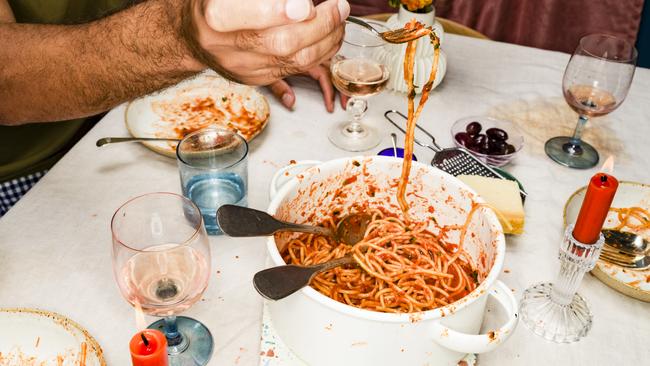
Few nutrients are more maligned than carbohydrates. The theory goes that pasta, bread and rice must be avoided in order to stay healthy and svelte.
Carb-fearing goes way back to at least the 1860s, when William Banting, a retired British undertaker, wrote a pamphlet on his own low-carb diet, designed to tackle his “corpulence” (think of him as an early influencer). Low-carb diets have been in and out of fashion ever since.
Bread, however, has been fuelling humans for millennia. Rice is one of the most consumed crops in the world. And Italy — the country that eats the most pasta per person — also has the lowest obesity rate in Europe. Both the Mediterranean diet and the diet of the blue zones — the world’s longevity hotspots, which are in Japan, Costa Rica, Sardinia, Greece and California — are high in carbs, not low. So are carbs really the enemy?
“They are essential for our bodies,” says Priya Tew, a specialist at Dietitian UK and spokeswoman for the British Dietetic Association. “Carbs are something we should have not just on a daily basis but pretty much in every meal.”
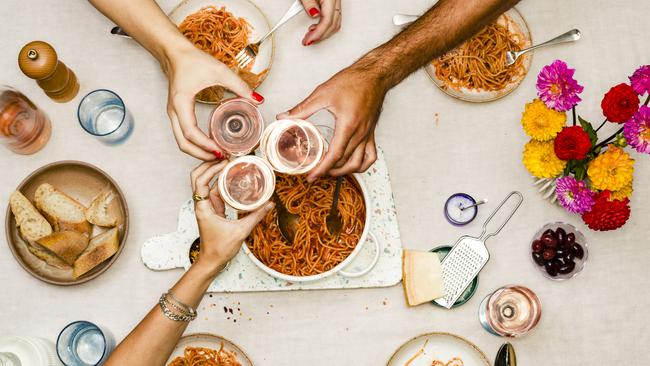
Carbs provide the body with an efficient source of energy that is vital for our muscles, brains and all other tissues to function properly. “We know from studies that when people don’t have enough carbohydrate, or go too long without carbohydrate, it can affect their thinking processes, focus and things such as managing their emotions,” Tew says.
The key, of course, is moderation. “Carbs are not inherently fattening,” says Dr Federica Amati, head nutritionist at Zoe, the science and nutrition company. “But like any macronutrient that provides energy, when eaten in excess they can lead to weight gain as our body looks to store any excess energy for later.”
Pasta, bread and rice are healthier than you think. This is why — and how to incorporate them into a balanced diet.
Be a pasta master
It’s not all about carbs
Reducing a food to one of its components is foolish. Pasta is a carbohydrate but it also packs in protein and micronutrients including vitamin B1, which is essential for breaking down glucose to use as fuel, as well as for a healthy nervous system; vitamin B9, important for healthy cell growth and crucial for pregnant women; and selenium, which supports the immune system and brain.
Pasta eaters are often slimmer
Worried pasta will make you fat? Research has found the opposite. A 2023 study by the University of Minnesota found that pasta is “generally not associated with body weight or body composition and may be inversely associated with BMI or abdominal obesity, particularly when consumed in the context of a healthy dietary pattern”.
This might be because of pasta’s unique, compact structure. It is made from durum wheat, which is dense and hard for digestive enzymes to break down. “This slower digestion results in a lower glycemic response,” says the gut health expert Dr Emily Leeming, “meaning that blood sugar levels rise more gradually after eating pasta compared with foods such as white bread, rice or mashed potatoes. This can lead to feeling fuller and more energised for longer.”
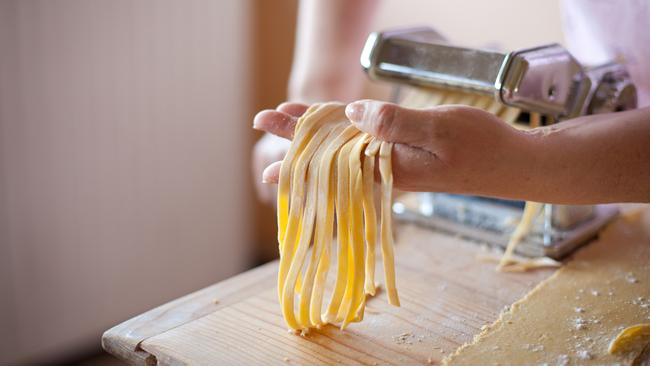
White or wholegrain? It doesn’t matter
We rarely eat pasta on its own. It’s a great vehicle for a great variety of nutritious foods including tomatoes, extra virgin olive oil, garlic and onions, any vegetable you can think of, nuts, herbs, spices, beans and oily fish.
This is why there’s no need to stress about eating white pasta instead of wholegrain. While the latter does contain more fibre, a balanced pasta meal will provide plenty of fibre, healthy fats and protein anyway.
The leftovers are good for you
One of my favourite meals is leftover pasta, which I reheat in a pan with oil until some of it goes deliciously crispy. It turns out that as well as being even tastier than the original dish, it’s also better for you.
Cooking and then cooling pasta changes its structure, turning it into “resistant starch”, which acts like fibre in the body according to a 2020 study. This feeds the good bacteria in our gut. When you reheat the cooled pasta, it becomes even more rich in resistant starch.
Use your loaf
Buy the real thing
“Not all loaves are created equal,” says Chris Young from the Real Bread Campaign, adding there is a vast difference between what he calls “additive-laden industrial dough products” and, well, bread.
“Real bread, by which we simply mean additive-free, is a delicious, nutritious part of any meal,” he says. “There are a few branded loaves out there that are additive-free, including some that are genuine sourdough. To be sure, people need to read the ingredients list and look for the Real Bread Loaf Mark.”
Sourdough is best
It has a trendy rep but, really, “sourdough is just proper bread”, says Matthew Jones, the owner of Bread Ahead bakeries. “Modern yeast is a relatively new thing. Fifty or sixty years ago pretty much all bread would have been sourdough.”
Over time, technology sped up the process of breadmaking but, as with other convenience foods, it meant the loss of some of the nutritional qualities of the original product. So where you can, stick to the non-processed loaves. “White sourdough bread contains amino acids and can have a lower glycemic load than a highly processed industrial bread,” Zoe’s Amati says. This means it’s better for the gut and overall health.
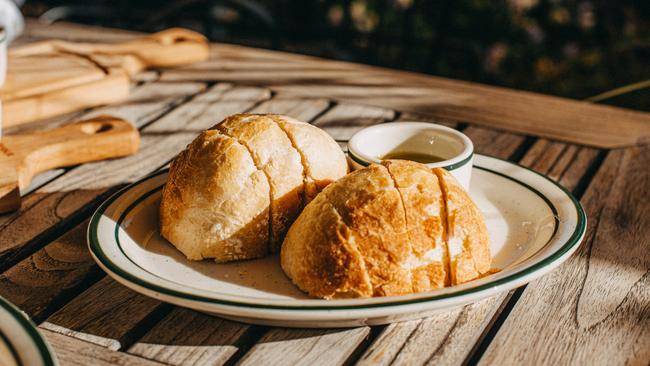
Studies also suggest that the slow fermentation used in making sourdough makes it easier for the body to access micronutrients in the bread such as iron, calcium, magnesium or zinc.
Our brains need bread
Carbs fuel our grey matter. And it needs a lot of fuel: in 2022 Spanish researchers found that the human brain alone accounts for 20-25 per cent of the energy that we expend when the body is at rest. They also noted that “in addition to the high energy demands of the brain, approximately 170g a day of glucose is required for our brain, kidney marrow, red blood cells and reproductive tissues to function properly”. That, Tew says, is the equivalent of eight to nine slices of bread a day. “It doesn’t have to be bread but it’s a nice way of demonstrating that we need good portions of carbohydrates throughout the day.”
Leeming adds: “When you cut carbs out, your body has to work harder to find other energy sources, which can lead to fatigue, brain fog and irritability.”
Nice rice, baby
White rice is fine
It’s less nutritious than brown rice but that doesn’t mean it’s “empty calories”. White rice contains fibre (which we all need to eat more of), magnesium and potassium. It’s a perfectly healthy part of a good diet and is particularly helpful for coeliacs since it doesn’t contain gluten.
“In general, whole grains such as brown rice are a better option than refined grains such as white rice because they have a higher fibre content,” Amati says. “Whole grains contain more nutrients and they are digested more slowly.” Refined grains have fewer nutrients and the carbs are broken down in your gut much more quickly. “But the key question here is, what are you eating these foods with?”
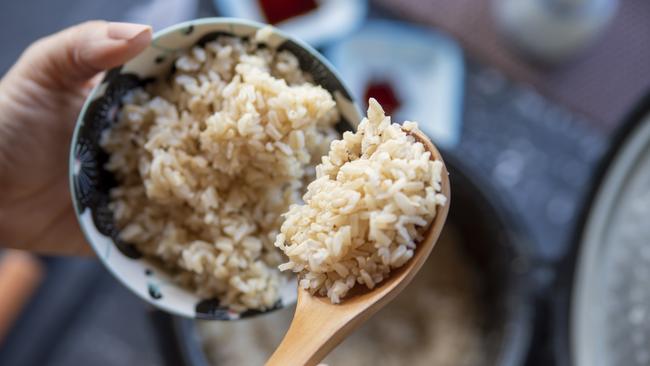
Within the context of a nutritious, balanced meal, white rice is nothing to worry about: eat yours with plenty of vegetables, oily fish and spices such as cumin and turmeric.
Black rice is great for the gut Different types of rice offer different nutrients. Black rice is an incredibly rich source of polyphenols — plant chemicals that aid gut health — containing more than red or brown rice. Polyphenols protect the body’s tissues from stress and inflammation.
What about blood sugar?
One of the reasons carb-fearing has wheeled back around into fashion is a new trend for worrying about our blood sugar, and strapping on monitors to clock every single spike. All foods cause spikes in blood sugar and some do so more than others. But is this really something we need to worry about?
“The regular person who has not been told they have any problems with their blood sugar, and who doesn’t have a family history of diabetes, does not need to be worried about it whatsoever,” Tew says. “This is being communicated as if it applies to everyone — but it doesn’t.”
Carbs aren’t indulgent, they’re vital. “I think it would be pretty impossible to stay healthy in the long term with no carbs at all,” Amati says. “It would also be incredibly boring and stressful for us and for our gut microbiome.”
The Happiest Diet in the World by Giulia Crouch.
The Times

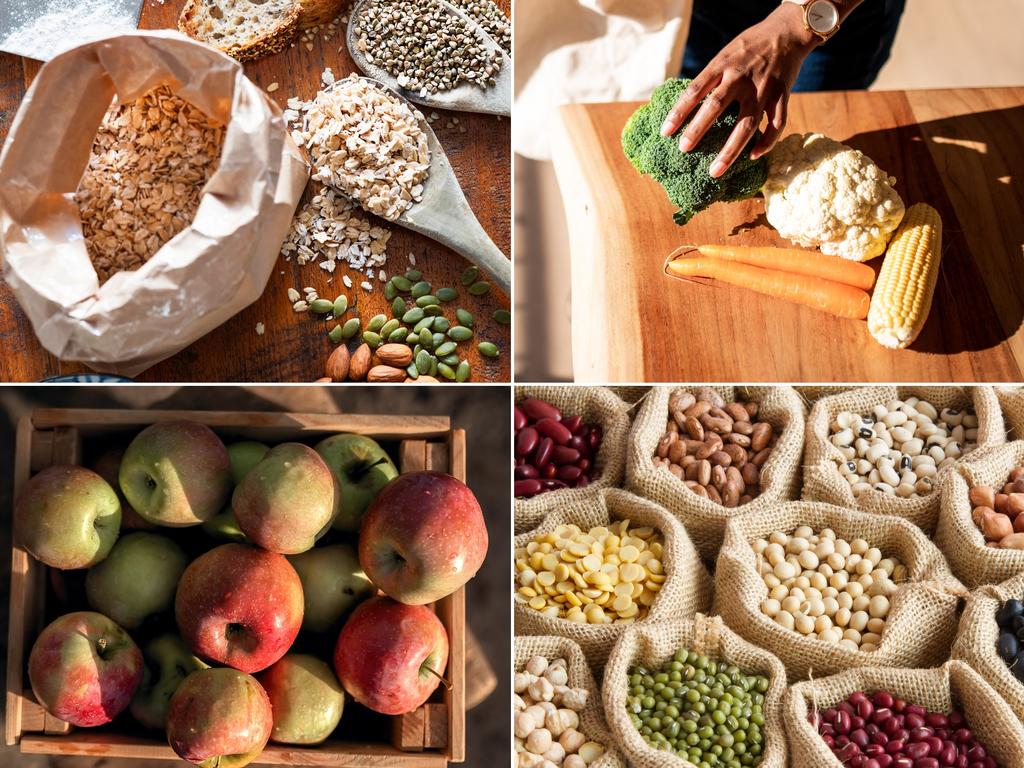

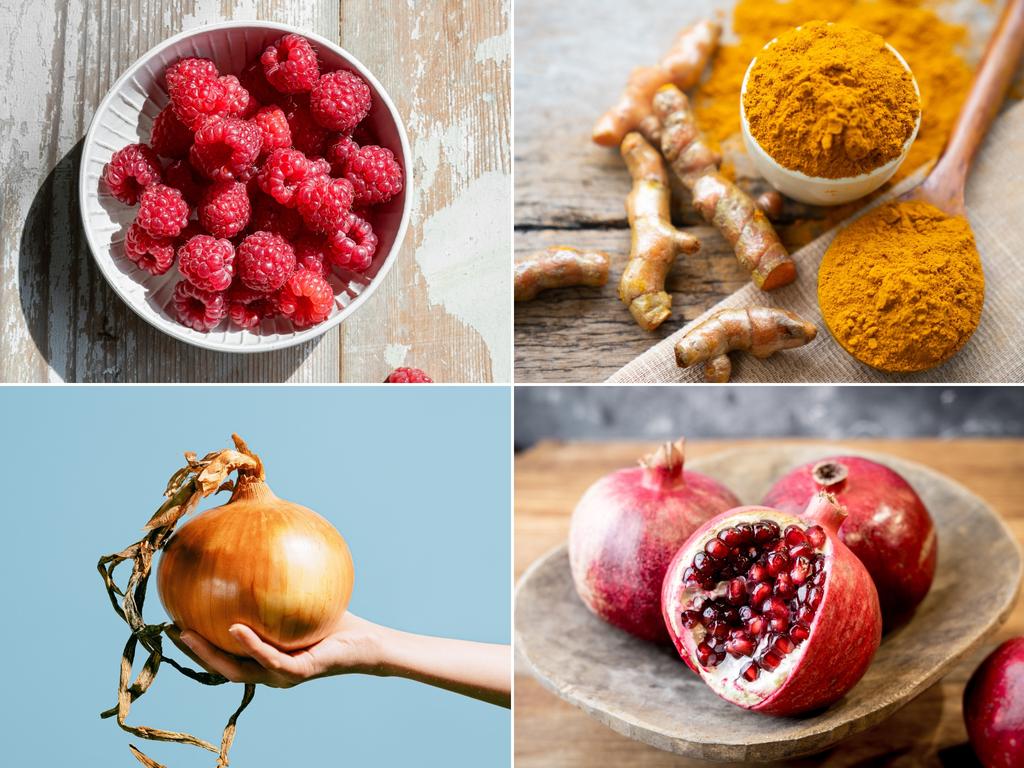
To join the conversation, please log in. Don't have an account? Register
Join the conversation, you are commenting as Logout